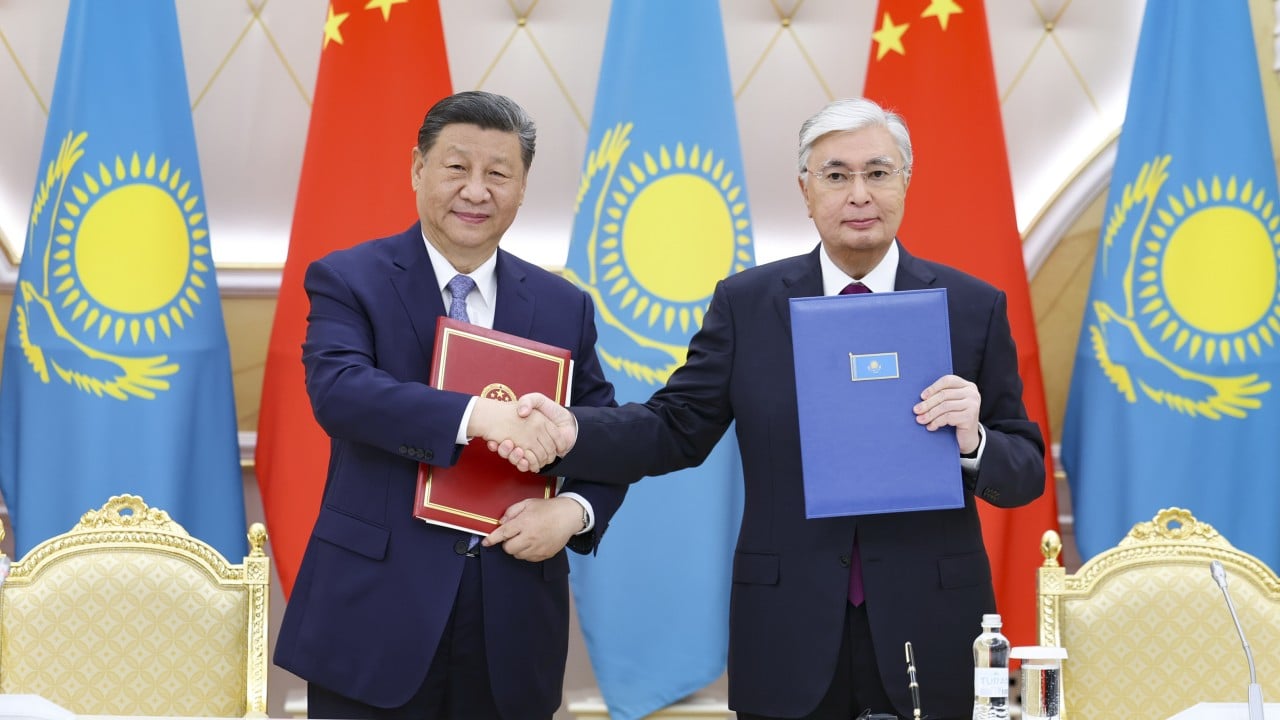Chinese Foreign Minister Wang Yi met his Central Asian counterparts in Chengdu, Sichuan province, earlier this month as part of the fifth China-Central Asia Foreign Ministers’ Meeting. The outcomes of the event underscore Beijing’s growing presence in Central Asia.
Advertisement
Following their independence in 1991, the Central Asian states of Kazakhstan, Kyrgyzstan, Tajikistan, Turkmenistan and Uzbekistan grappled with challenges ranging from domestic strife and cross-border tensions – such as those between Kyrgyzstan and Tajikistan – to the threats posed by Islamic extremism. While the region seems to be trending towards stability, the underlying causes of instability persist.
The war in Ukraine, now nearing its third year, has shifted some of Moscow’s attention away from Central Asia. The symbiotic relationship China and Russia each have with Central Asia has been characterised as Moscow holding the gun while Beijing holds the wallet. However, this dynamic has evolved, with Beijing inheriting the responsibilities of financial investor and security guarantor.
Beijing views strengthened economic and trade ties with Central Asia as a strategic pathway to guaranteed stability. By fostering regional integration and deepening cooperation, China aims to create an environment of shared prosperity that supports broader security objectives.
China’s trade with Central Asia surpassed US$70 billion in 2022 and reached US$90 billion in 2023. It has replaced Russia as the region’s top trade partner. Kazakhstan is China’s primary partner in the region, with the volume of imports and exports hitting US$41 billion last year.
Advertisement
The region is also a major recipient of Belt and Road Initiative investments. As of 2023, the cumulative turnover of completed projects in the region was nearly US$64 billion. Central Asia plays an important geographic role as a transit hub for China.

